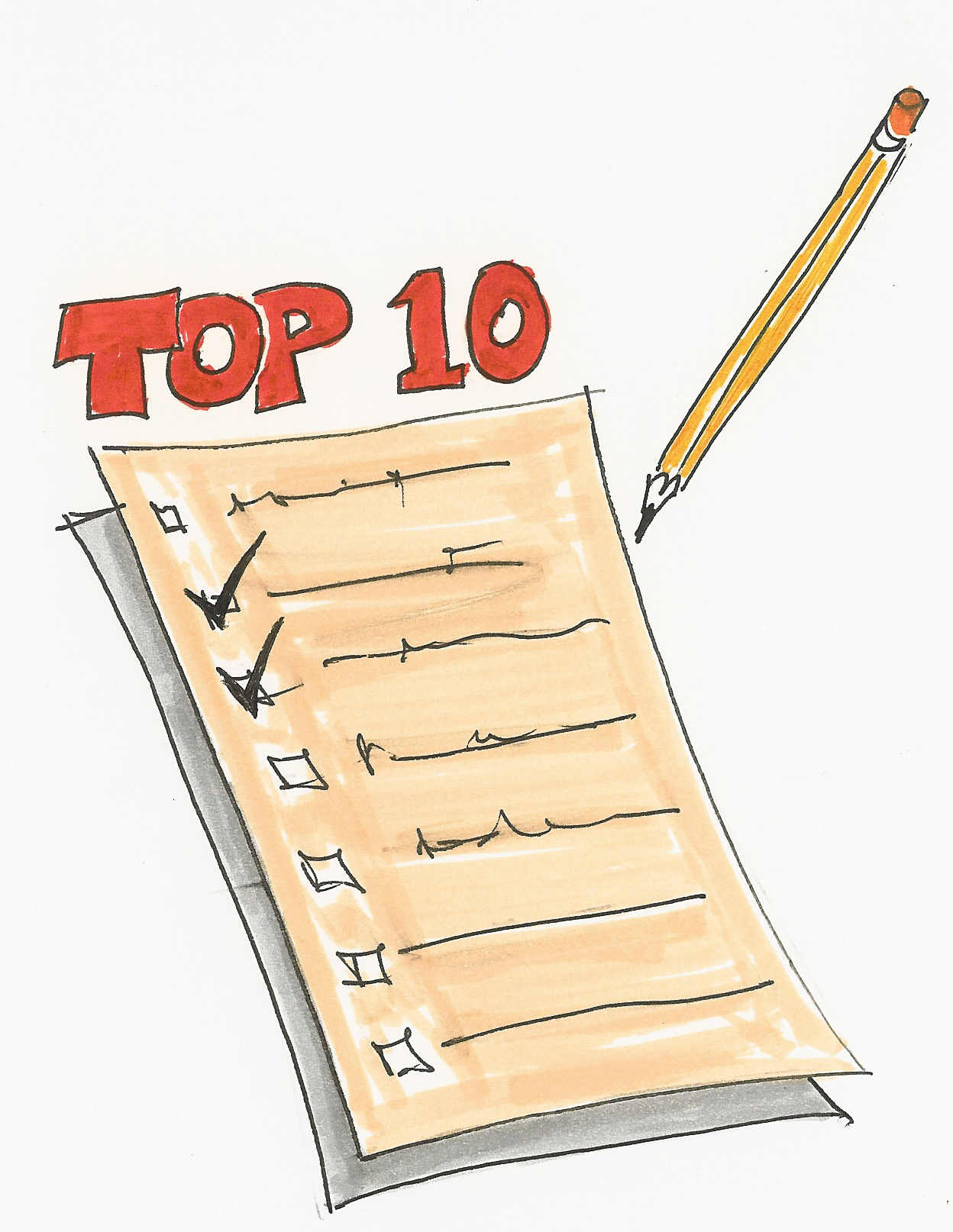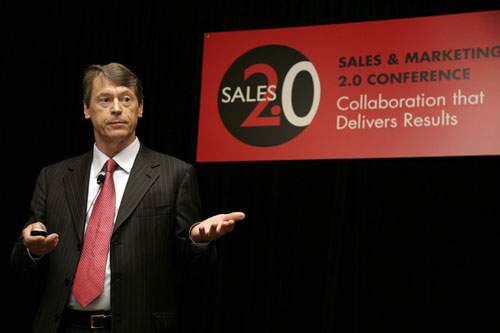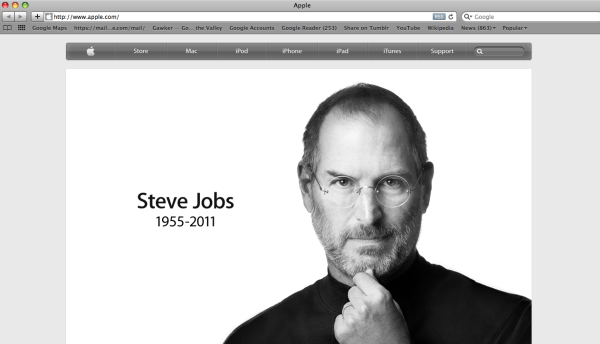by Gerhard Gschwandtner
As we near the end of 2012, I’m certain about one thing: your success in sales will be dictated by how well you anticipate your buyer’s needs and expectations. Here’s a list of questions that can help you prepare your sales organization to win in 2013.
1. Do you thrive on change?
If your company’s rate of innovation is slower than normal for your industry, you can’t expect forward momentum. Customers are always looking for new ideas. If they can’t get them from you, they’ll get them from your competition.
2. Are you committed to ongoing improvement?
The more you improve as a company, the better you can help your customer’s business improve. Remember that the more customers improve as a result of your sales efforts, the better your bottom line.
3. Are you stretching your abilities?
If your salespeople don’t stretch their abilities, you’ll see a stretch in your company’s liabilities. If your team’s sales goals are not stretched, your cost of sales soon will be.
4. Are you removing all barriers to buying?
If you can’t deliver what your customers want, when they want it, they will surely look elsewhere for a company that can. Are you willing to improve your sales performance to a world-class level? Do you have a plan for mapping your sales cycle to the buyer cycle, and removing all barriers to buying?
5. Do you exploit technology aggressively?
The purpose of technology is to save time for the customer, to manage relationships for the sales team and to help management improve the organization. Is your information technology truly designed to serve people’s needs?
6. Is everyone motivated to win?
People come to work to win, not to lose. Winning demands that the heart be involved in the job. If salespeople love what they do, sales managers will love the results.
7. Do you measure and reward top performance?
Winners expect results, not excuses. Result seekers are scorekeepers. Set competitive rewards commensurate with the levels of achievement.
8. Are you managing meaning?
Rethink, resell and renew your company’s mission. If your salespeople can’t answer the question “why are we doing this?” you cannot expect them to get the job done. Once your sales team knows the “why,” the “how” will be easy.
9. Are you failing forward? I
f nobody makes a mistake in your organization, it’s a sure sign that you’re not growing. Use failure as an opportunity to learn. If you want to triple your success ratio, you have to triple your failure rate.
10. Are you creating trust?
How much trust do your customers place in your company? The answer will be in direct proportion to the amount of repeat business. How much trust do your salespeople place in your company? The answer will be in inverse proportion to your turnover. Do the right thing and you will create more trust.



